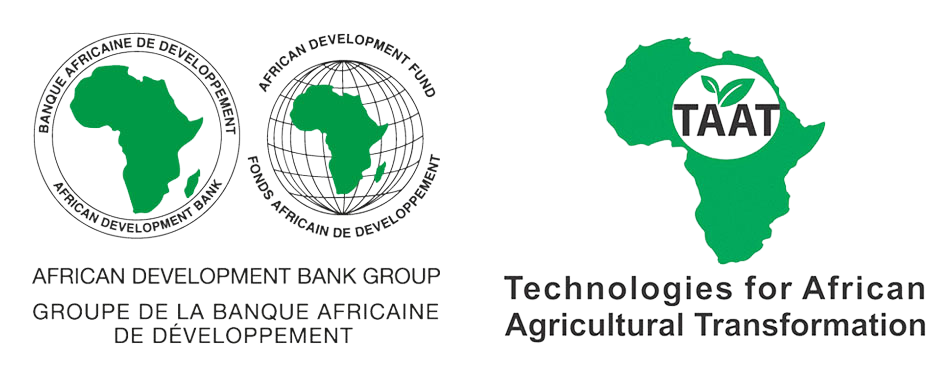


Catch the Rain, Grow with the Grain!
The Demi-lune (Half-moon) technology is a simple and effective rainwater harvesting method used in dry regions to improve crop growth and restore degraded land. It involves digging semi-circular pits (like a half-moon shape) that catch and hold rainwater. Each demi-lune usually has a diameter of 2 to 3 meters and a depth of 15 to 30 centimeters. The open side of the pit faces uphill, so when it rains, water runs into the pit and is trapped there.
Farmers place stones around the curve to keep the shape strong and prevent it from washing away. About 35 kg of compost or organic fertilizer is added inside to enrich the soil. The water and nutrients collected in the pit help crops grow well even in harsh, dry conditions.
This technique reduces soil erosion, improves soil fertility, and boosts crop yields, making unproductive land useful again.
This technology is TAAT1 validated.
Adults 18 and over: Positive high
It can offer significant advantages in terms of reducing water and fertilizer dependency, which can make farming easier in the long term.
The poor: Positive low
It can enhance food security, productivity, and climate resilience for poor communities. However, challenges like labor demands, limited resources, and knowledge gaps must be tackled. With adequate support and training, it offers a powerful tool to improve livelihoods.
Under 18: No impact
Youth may struggle to adopt the technology due to limited resources, knowledge, and capital, especially where extension services are weak.
Women: Positive medium
The technology boosts food production and water collection, reduces labor, and frees women’s time for other activities or education.
Climate adaptability: Moderately adaptable
It is a versatile, low-cost solution for improving crop productivity and resilience in a variety of climates, but its implementation must consider local environmental conditions to maximize its benefits.
Farmer climate change readiness: Moderate improvement
It strengthens farmers' ability to adapt to changing climates, recover from climate shocks, and maintain productivity in the face of increasing environmental stresses. It is particularly effective in semiarid and arid regions, where climate impacts are most severe.
Biodiversity: Positive impact on biodiversity
It contributes to healthier plants, more sustainable livestock systems, and the restoration of natural ecosystems, making it a valuable tool for climate-smart, biodiversity-friendly agriculture.
Carbon footprint: Much less carbon released
It contributes to net carbon sequestration over time, making it a climate-friendly solution that performs much better in terms of carbon balance than conventional, non-restorative practices.
Environmental health: Greatly improves environmental health
It turns degraded, unproductive lands into healthy ecosystems, restoring soil, water, and biodiversity, and contributing to long-term environmental resilience and sustainability.
Soil quality: Improves soil health and fertility
It rejuvenates degraded soils, increasing their fertility, moisture retention, and biological activity, leading to more productive and sustainable agricultural land.
Water use: Much less water used
It maximizes the use of available rainfall, allowing farmers to sustain crops with much less water than traditional practices, which is critical in drought-prone areas.
Key Points to Design Your Project: Half-Moon Implementation Framework
The Half-Moon Implementation framework provides structured guidance for designing and scaling up the use of half-moon pits (demi-lunes) for land restoration and climate-resilient agriculture. It ensures a holistic approach by integrating financial, institutional, capacity-building, and technical aspects, making half-moon interventions sustainable, community-driven, and impactful. This framework helps governments, development organizations, and farming communities effectively adopt and expand the use of half-moons to enhance soil fertility, water harvesting, and agricultural productivity in dryland regions.
Steps for Effective Half-Moon Implementation
Define the Vision and Objectives
Develop a Financial Sustainability Plan
Assess Capacity and Technical Needs
Conduct a Needs Assessment
Implement Data Collection and Governance Strategies
Monitor and Evaluate Impact
By following this framework, decision-makers can establish resilient, scalable dryland farming solutions that promote soil restoration, improve food security, and strengthen climate resilience across vulnerable regions.
Open source / open access
Scaling Readiness describes how complete a technology’s development is and its ability to be scaled. It produces a score that measures a technology’s readiness along two axes: the level of maturity of the idea itself, and the level to which the technology has been used so far.
Each axis goes from 0 to 9 where 9 is the “ready-to-scale” status. For each technology profile in the e-catalogs we have documented the scaling readiness status from evidence given by the technology providers. The e-catalogs only showcase technologies for which the scaling readiness score is at least 8 for maturity of the idea and 7 for the level of use.
The graph below represents visually the scaling readiness status for this technology, you can see the label of each level by hovering your mouse cursor on the number.
Read more about scaling readiness ›
Uncontrolled environment: validated
Common use by intended users, in the real world
| Maturity of the idea | Level of use | |||||||||
| 9 | ||||||||||
| 8 | ||||||||||
| 7 | ||||||||||
| 6 | ||||||||||
| 5 | ||||||||||
| 4 | ||||||||||
| 3 | ||||||||||
| 2 | ||||||||||
| 1 | ||||||||||
| 1 | 2 | 3 | 4 | 5 | 6 | 7 | 8 | 9 | ||
| Country | Testing ongoing | Tested | Adopted |
|---|---|---|---|
| Burkina Faso | –No ongoing testing | Tested | Adopted |
| Chad | –No ongoing testing | Tested | Adopted |
| Ethiopia | –No ongoing testing | Tested | Adopted |
| Kenya | –No ongoing testing | Tested | Adopted |
| Mali | –No ongoing testing | Tested | Adopted |
| Morocco | –No ongoing testing | Tested | Adopted |
| Niger | –No ongoing testing | Tested | Adopted |
| Sudan | –No ongoing testing | Tested | Adopted |
This technology can be used in the colored agro-ecological zones. Any zones shown in white are not suitable for this technology.
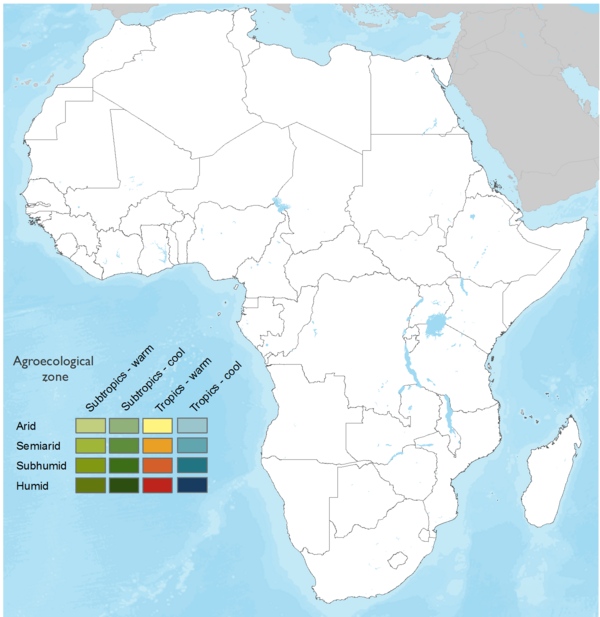




| AEZ | Subtropic - warm | Subtropic - cool | Tropic - warm | Tropic - cool |
|---|---|---|---|---|
| Arid | – | – | ||
| Semiarid | – | – | ||
| Subhumid | – | – | – | – |
| Humid | – | – | – | – |
Source: HarvestChoice/IFPRI 2009
The United Nations Sustainable Development Goals that are applicable to this technology.
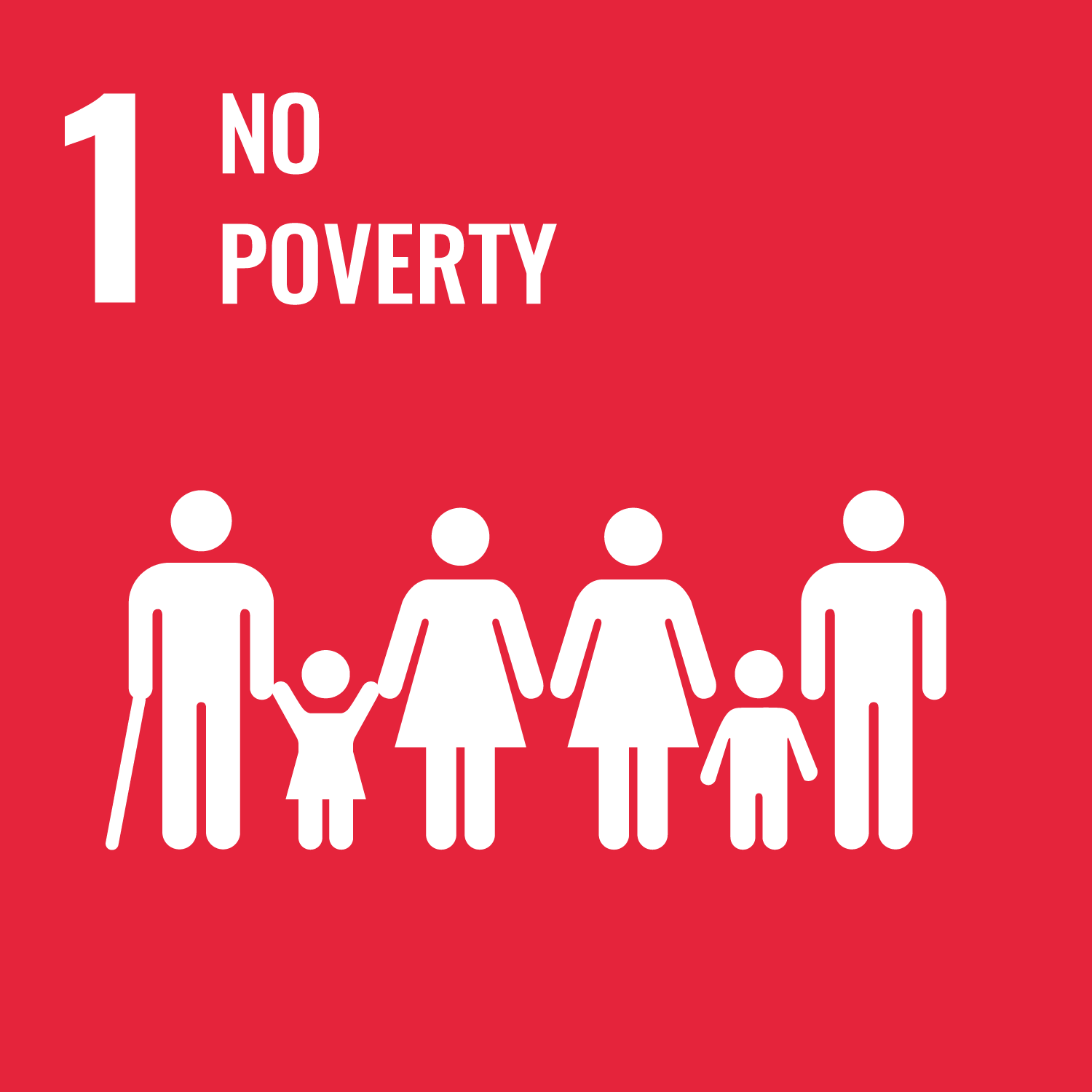
It helps increase income for smallholder farmers, contributing to poverty reduction.

It improves crop growth in areas with water scarcity, directly enhancing food security and agricultural resilience.
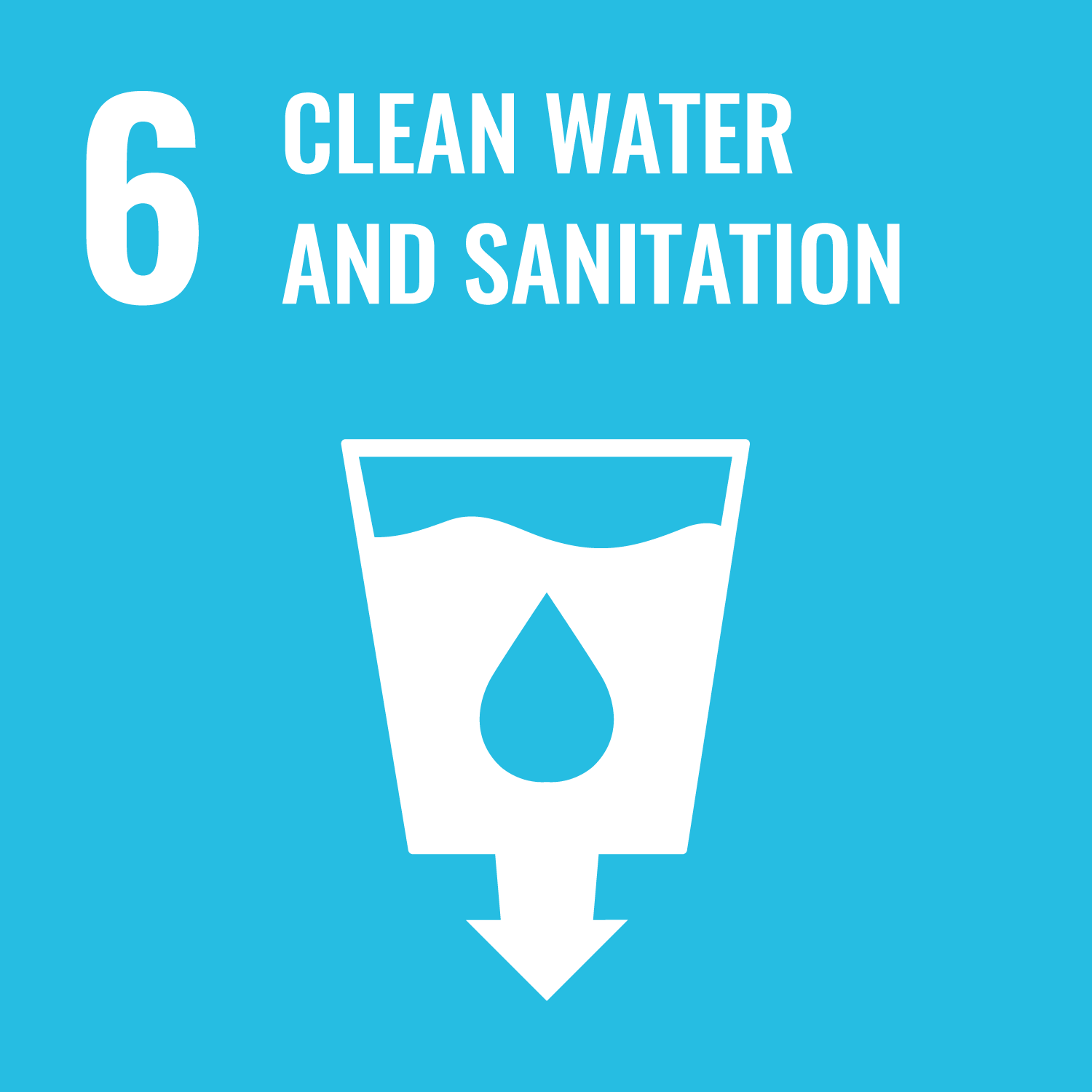
The water harvesting aspect of the technology ensures better water retention, improving access to water for crops and livestock.
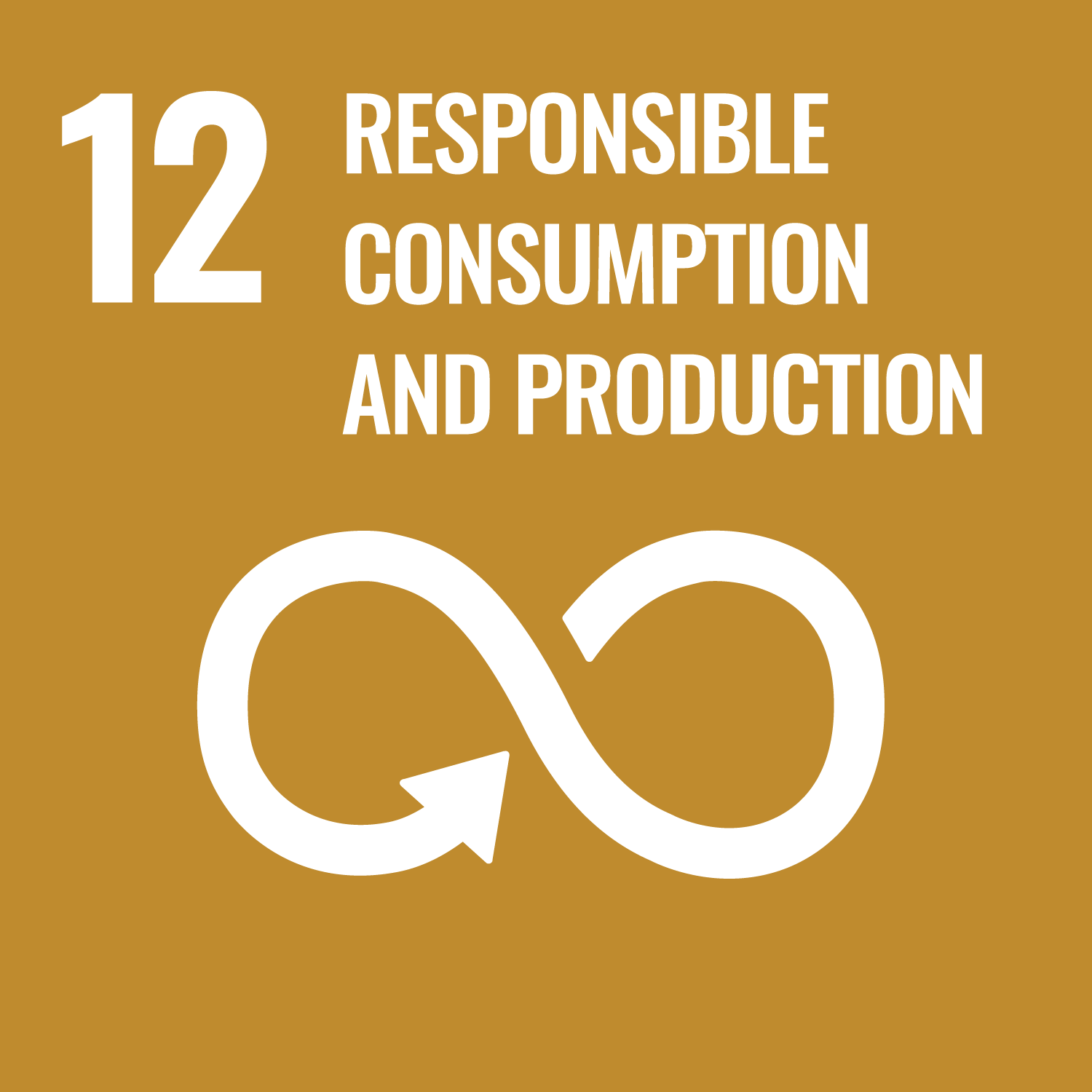
The use of organic fertilizers and the reduction in the need for chemical inputs aligns with sustainable farming practices, contributing to responsible land and resource management.

By restoring degraded lands and improving water retention, this technology contributes to climate resilience, helping to combat soil erosion and reducing the impact of extreme weather events.
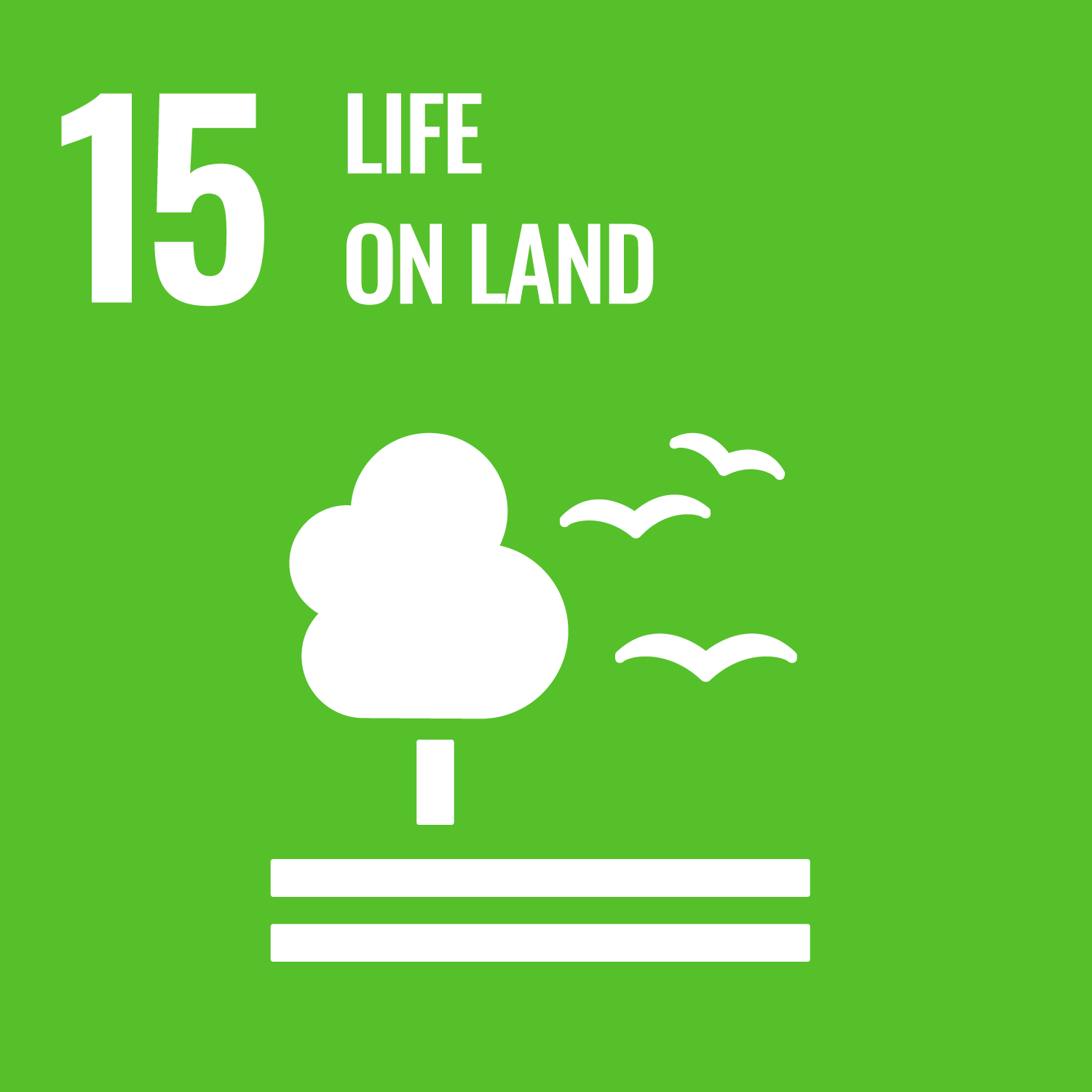
The technology supports land restoration, enhances biodiversity, and improves soil fertility, leading to healthier ecosystems.
Site Selection
Marking the Pits
Digging the Pits
Reinforcing the Structure
Adding Fertilizer/Compost
Planting Crops or Trees
Maintenance
Additional Tips:
Last updated on 28 November 2025